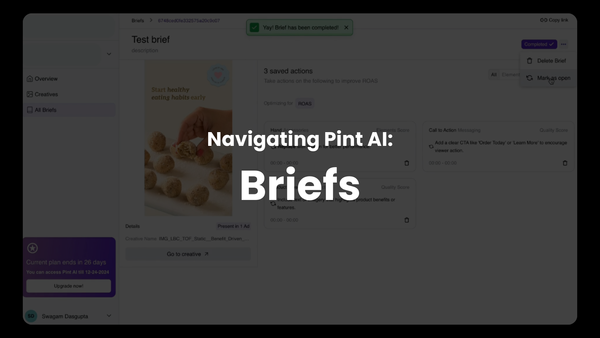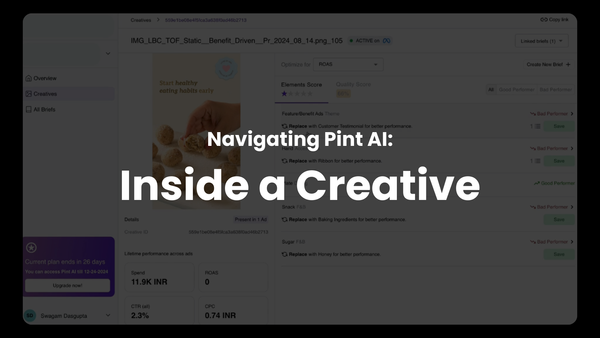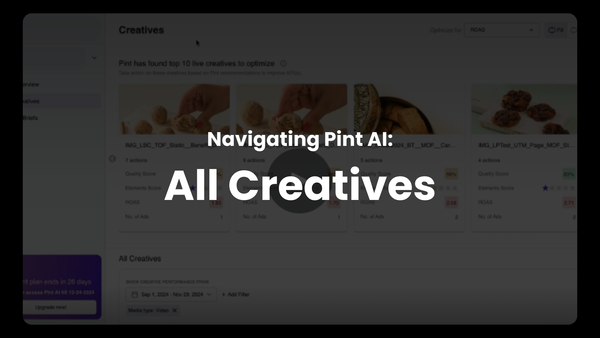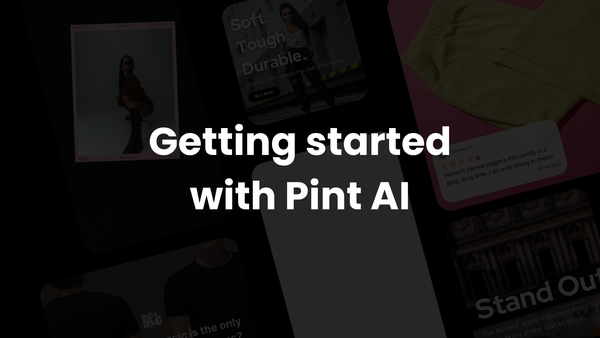Uncovering The Rise of 'Ugly Ads' in Digital Marketing
Ugly Ads have become a mainstay for several D2C brands; they have seen much more success with these ads than other formats. But, what are they? And why the sudden growth? Let's jump in
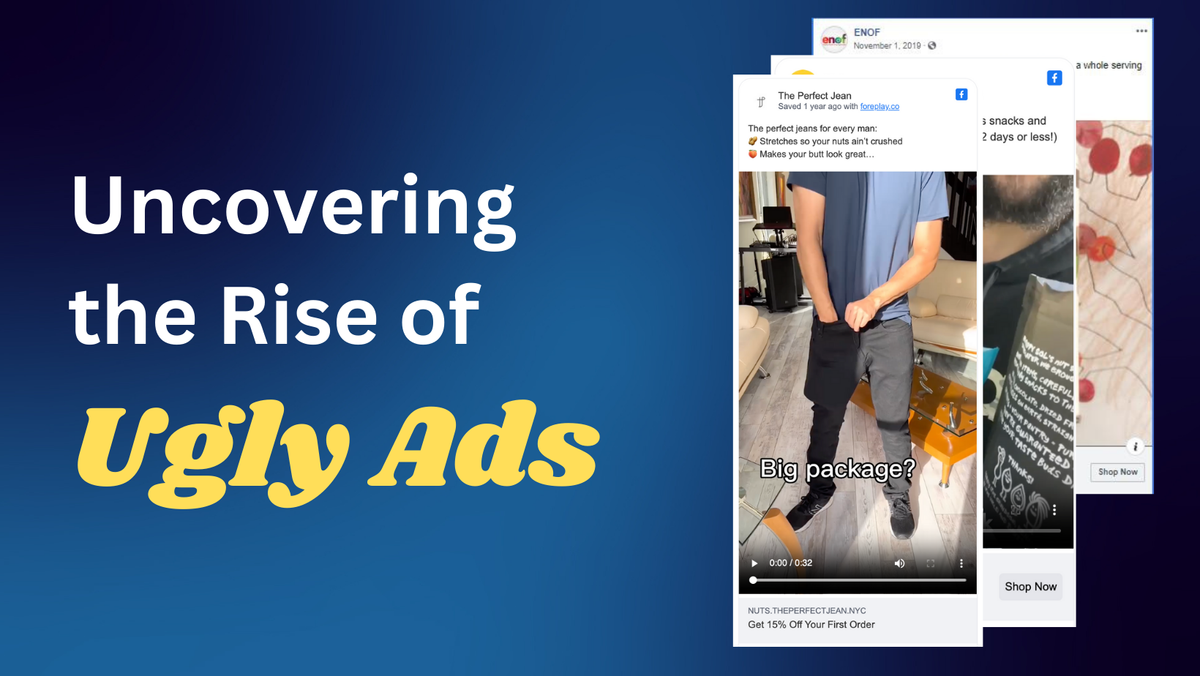
In an era where digital feeds are saturated with sleek, high-definition ads, a new trend is cutting through the noise: the rise of 'ugly ads'.
These ads, characterized by their less polished, almost amateurish appearance, are not just breaking traditional marketing norms but are also proving to be incredibly effective at engaging audiences.
What Exactly Are 'Ugly Ads'?
Ugly ads diverge from the standard aesthetic of sharp visuals and flawless presentation. Instead, they mimic the look of user-generated content, using elements that might seem hastily put together or rudimentary.
Think simple graphics, raw images, and text that could have been typed out in a basic word processor.
A perfect example of an ugly ad
Despite their name, the strategy behind these ads is anything but ugly; it's a deliberate approach to foster authenticity and relatability.
Why the Shift to Ugly Ads?
Authenticity Appeals:
In a polished sea of perfection, ugly ads stand out by appearing more genuine. This authenticity resonates well with audiences tired of traditional advertising, making brands seem more relatable and trustworthy【93†source】.
Cost Efficiency:
Ugly ads are often cheaper to produce than their high-budget counterparts. They require less time and resources, allowing brands, especially smaller ones, to push out ads quickly and test different strategies without a significant financial burden【94†source】.
High Engagement:
These ads can generate surprising levels of engagement. Their unconventional look can make viewers do a double take, leading to increased interactions such as likes, shares, and comments【95†source】.
Effective Communication:
By stripping down to the basics, ugly ads often convey their message more directly and clearly. Without the distraction of elaborate graphics or overproduction, the core message may be more impactful【97†source】.
The Growth of Ugly Ads
The trend towards ugly ads isn't just a blip on the radar. It's a growing movement that reflects deeper changes in consumer attitudes toward advertising.
As digital natives become increasingly adept at tuning out traditional ads, marketers are finding success with approaches that break the mold.
Brands are experimenting with ads that blend in with the type of content their audiences already consume—content that isn’t always polished but is always real.
Challenges and Considerations
While ugly ads offer numerous benefits, they're not suitable for every brand or campaign. Luxury brands or those whose image relies on high-end visuals might find this style off-brand. Moreover, what one audience finds refreshingly authentic, another might see as unprofessional or off-putting. It’s crucial for marketers to understand their audience deeply before deciding to adopt this style.
Testing is key. Brands considering ugly ads should start small and measure performance meticulously. What works for one product or demographic might not work for another. Continuous testing and adaptation are essential in using this unconventional strategy effectively.
Conclusion
The rise of ugly ads marks an exciting shift in digital marketing, challenging long-standing norms about what effective advertising looks like. As we move forward, the brands willing to embrace imperfection and authenticity are likely to resonate more deeply with an audience increasingly skeptical of traditional advertising. In the cluttered landscape of digital content, sometimes, the best way to stand out is by blending in.
This trend underscores a broader movement towards authenticity and transparency in marketing, qualities that are becoming non-negotiable for today's consumers. Whether or not ugly ads fit your brand, the lesson they offer is clear: authenticity sells.


